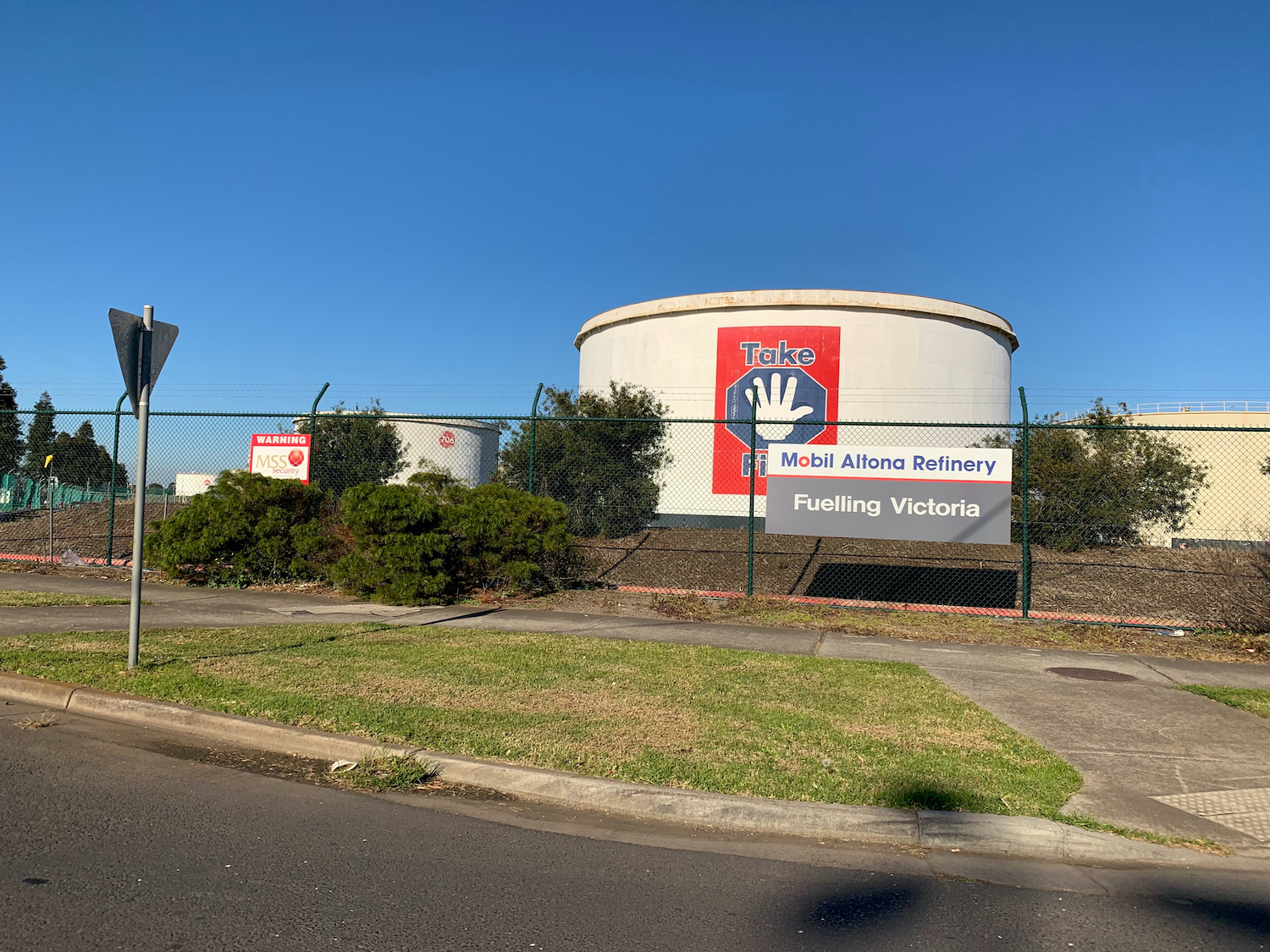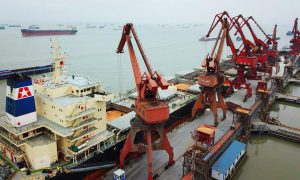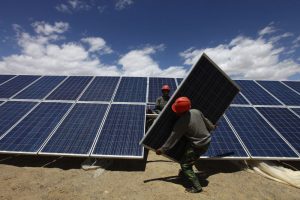(ATF) Natural resource-rich Australia, the world’s largest producer of liquefied natural gas (LNG) and the largest coal and uranium exporter, has found itself in yet another energy bind.
The country has experienced natural gas pains due to it exporting the fuel, while leaving little for its domestic market. This prompted a recent intervention by Canberra to secure supply and tame persistent spike hikes.
But over the past five months, the country has also “lost” two of its four oil refineries, with BP and then ExxonMobil saying their operations in Kwinana, just south of Perth, and Altona, in Melbourne, were no longer economically viable.
To make matters worse, the Australian downstream company Ampol has said that it is also is reviewing whether to keep its refinery in Brisbane open or convert it into a fuel import terminal, which is forecast to happen in both Kwinana and Altona.
Without government intervention, only one refinery may continue operating in Australia within the next five years, continuing a trend of closures for the energy producing giant, the International Energy Agency (IEA) indicated in its Oil 2021: Analysis and Forecast to 2026, released last week.
Around 890,000 barrels per day (bpd) of refining capacity is scheduled for closure in Australia, New Zealand and Singapore, according to IEA forecasts, and Australia accounts for a third of these closures.
“The centre of gravity for refined products trade is also shifting to Asia, where Australia, Indonesia, New Zealand and Singapore combined overtake Africa in net product import requirements,” the IEA said.
Going off-line
Two of the three refineries about to come off-line are, as said, operated by oil majors BP and ExxonMobil. BP will close its 146,000 bpd refinery in Western Australia by the end of this month, while Exxon Mobil is scheduled to close its 90,000 bpd refinery in Melbourne in the next few months.
With Ampol also considering the future of its 109,000 bpd refinery in Queensland, the country may end up with only one domestic refinery – Viva Energy, which operates a 128,000 bpd plant in Victoria. It is the only refinery that has accepted Federal Government subsidies to keep its refining operations moving ahead.
Australia’s refining closures come from a number of factors. However, the main reason stems from a lack of central government energy planning. It’s the same reason why the country over invested in CAPEX intensive LNG production facilities several years ago, resulting in duplication in some areas, massive cost overruns, greatly extended completion timetables, and general confusion.
While some pundits blame the Morrison administration, it’s a problem that has persisted across the years and party lines.
Moreover, Australia had as many as eight refineries two decades ago, which were capable of meeting its own domestic demand for finished oil products. However, the sector started being hit by shutdowns as plants grew older and less competitive. They also began to struggle to compete with new so-called mega-refineries in China, South Korea and India.
Giving Beijing the upper hand
The geopolitical take-away from this, particularly given Beijing’s angst with Canberra recently over its insistence that an investigation take place over the origins of the coronavirus, is that Australia will have to import a growing percentage of its needed refined oil products (gasoline, diesel, jet fuel, etc.) from China, the largest refiner in Asia.
As such, Australia is exposing itself to supply risks that should have otherwise been averted, especially as Canberra moves even closer to long-time ally the US and distances itself politically and even diplomatically from Beijing.
China’s installed crude oil refining capacity reached about 17 million bpd by the end of 2019 and ranked second behind the US’ capacity globally, according to the US Energy Information Administration’s (IEA) most recent analysis of the country’s energy sector. China’s refining capacity is now poised to bypass the US sometime this year.
China’s refining sector will also continue to become a growing force not only in the Asia-Pacific region but globally as it secures even more market share for its products, thus putting even more pressure not only on Australia’s remaining refineries but across the entire region, including long-time oil refining giant Singapore.
























